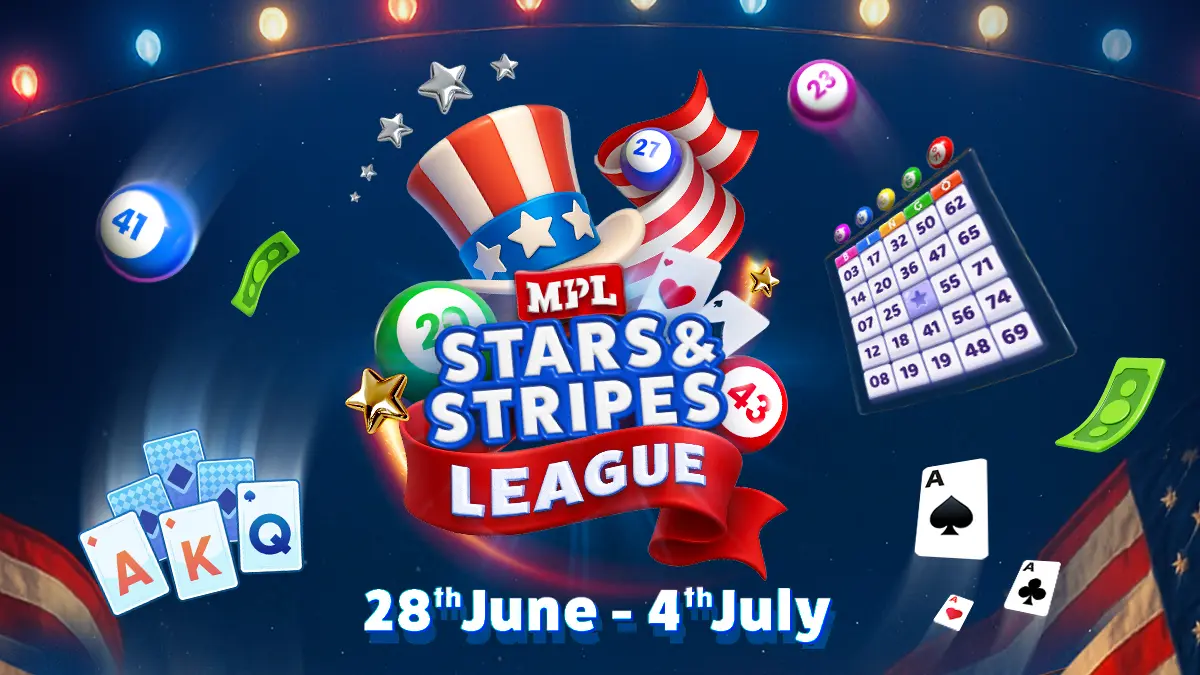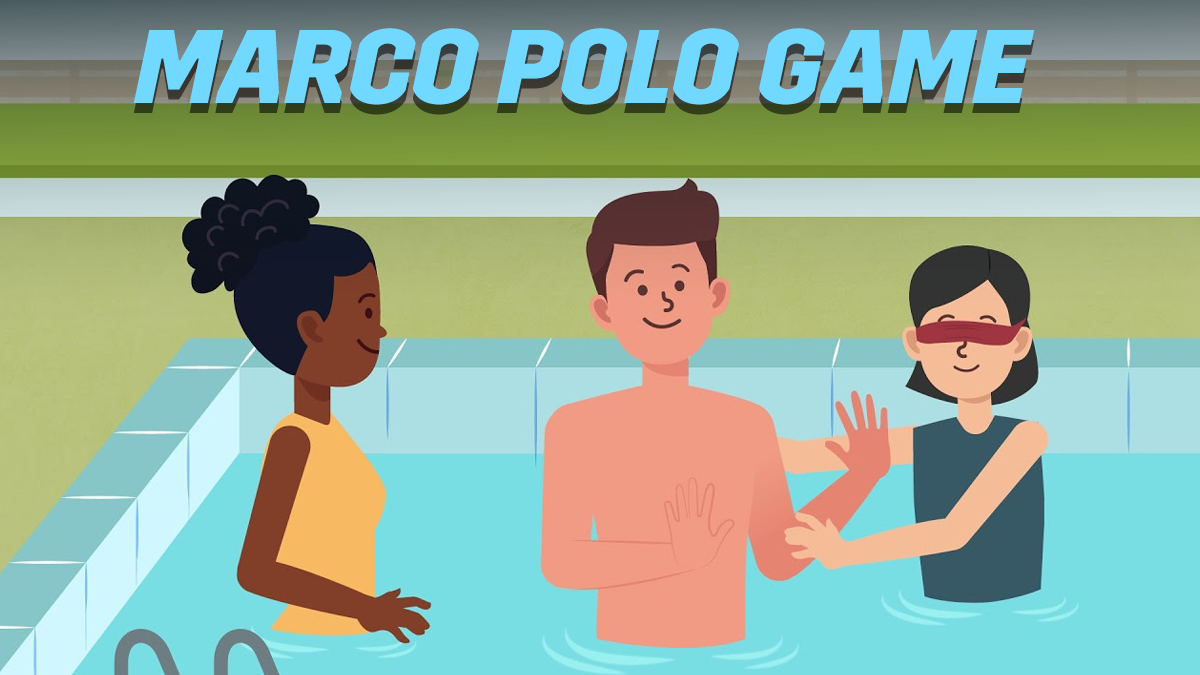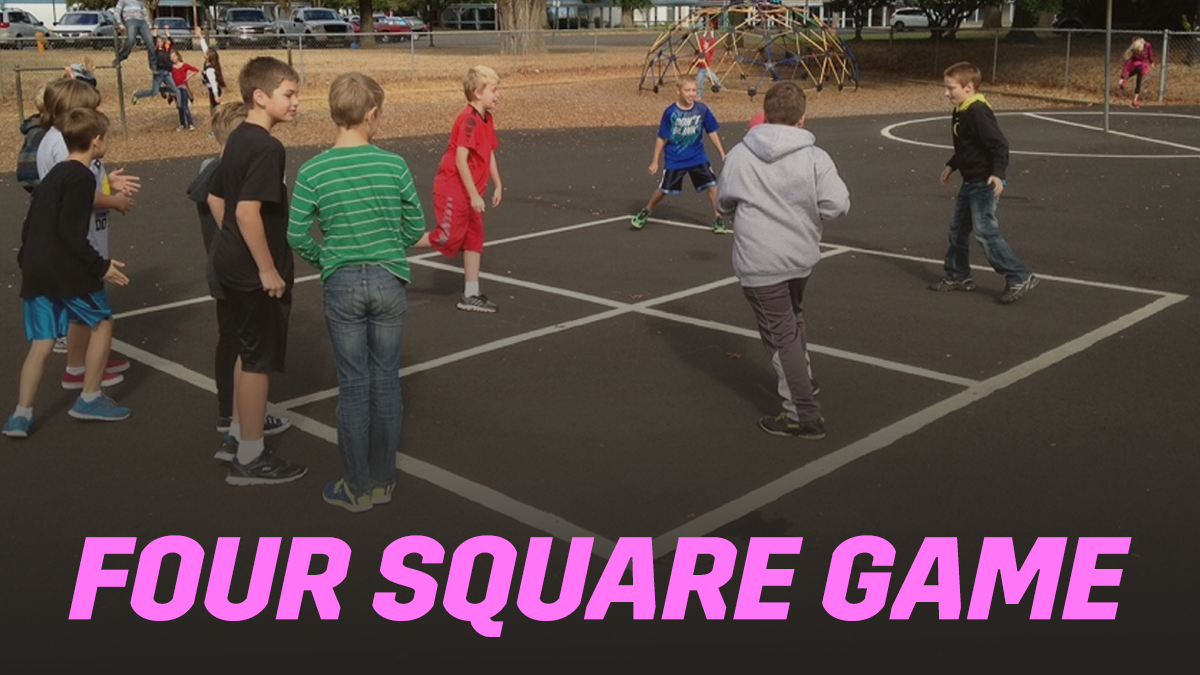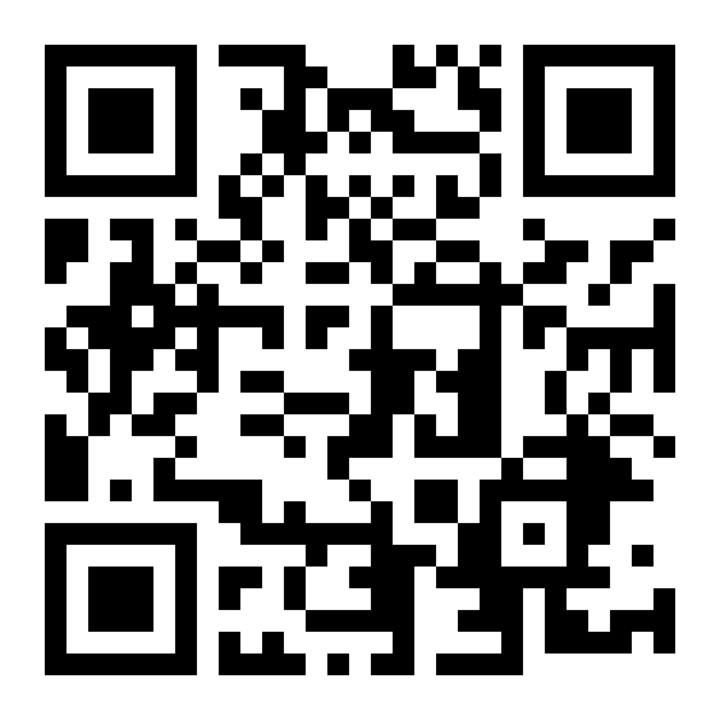Table of Contents
ToggleCandy Land may look simple, but many adults find themselves second-guessing the rules when it’s time to teach the game. Different editions, forgotten details, and unclear instructions can make a straightforward game feel more complicated than it is.
That’s frustrating—especially for parents, teachers, or game hosts trying to guide young players through their first board game experience. Created in 1949 by Eleanor Abbott, Candy Land was designed to be easy: no reading, no choices, just follow the path. It creates a fully engaging time for kids, with enchanting candy land characters.
Let us give you clear, precise rules of how to play Candyland, so you can teach it confidently and play the classic game as it was meant to be enjoyed.
What is the Candy Land Board Game?
Candy Land is a classic racing board game designed for 2 to 4 players, for kids ages 3 and up. The board game is known for its simplicity and aesthetics, which appeal to young kids. Players take turns drawing cards (or spinning dial-in newer versions) that show a color or picture. They then move their gingerbread pawn to the next matching space on the board.
The object is to be the first to reach King Kandy’s Castle at the end of the path. The Candy Land game board focuses on turn-taking, color recognition, and basic direction-following for children.
Basic Rules for Candyland Game
- Players take turns drawing a card or spinning (in newer versions).
- Move your pawn to the color or character shown on the card/spinner.
- If you land on a picture card space, move to that exact location.
- Land exactly on shortcut entry spots to take a shortcut.
- Landing on licorice spaces causes you to lose your next turn.
- The first player to reach the final rainbow space wins the game.
- If the draw pile runs out, shuffle the discard pile and reuse it.
Board Game: Check out how to play Root with a quick guide on rules, setup, and strategy tips.
How to Play Candyland: Step-by-Step
What You Need
- A Candyland game board, which shows a winding path of colorful spaces.
- A deck of color cards. These game cards have either one or two color blocks or a picture of a character or location.
- Four colored pawns (red, blue, green, and yellow). Each player picks one to use as their game piece.
- 2 to 4 players. Candyland is made for young children, generally ages 3 and up.
There are no dice or numbers involved. Players move by drawing cards and following the colors.
Setting Up
First, find a flat surface— a dining table or a clean carpeted floor. Lay the game board flat so all players can see and reach it. The Candyland game board is filled with colorful squares in red, yellow, blue, green, orange and purple. Special spaces marked with pink picture squares that represent fun locations like the Peppermint Stick Forest, Gumdrop Mountain, and the Peanut Brittle House.
Next, each player chooses one of the four gingerbread-shaped pawns, picking from red, blue, green or yellow. Place them all at the space marked “Start” at the bottom of the board.
Then, shuffle the deck of color and picture cards. Make sure all cards are face-down and place them in a stack where every player can easily reach them. It will be the draw pile.
The cards are shuffled, and you’re ready to play Candy Land!
Objective
The goal of Candyland is to be the first player to reach the final space on the board, which is King Kandy’s Castle. The path to the castle is made up of colored spaces. Players move forward by drawing cards and following the Candyland game directions shown.
Learning how to play Candyland does not require reading or math. Players move forward based only on color recognition.
1. Decide Who Goes First
To begin the game, have all players decide who will go first. A common way is to let the youngest player start. Then, the game moves clockwise (to the left).
2. Draw and Move
On your turn, draw the top card from the pile and look at what it shows. Most cards show either one or two colored squares:
- If your card has one colored square, move your pawn forward to the first space on the path that matches that color.
- If your card has two colored squares of the same color, move forward to the second space ahead that matches that color.
More than one player can be in the same space at the same time. If you draw a card with two purple squares, move your pawn to the second purple space ahead on the path, even if someone else is already there.
Sometimes, you’ll draw a picture card instead. Picture cards have a pink square with an image, like a candy cane or ice cream cone. When that happens, move your pawn directly to the space on the board with that same image. It might send you ahead—or it might move you backward if you’ve already passed that space.
Always move in the direction of the signposts on the board.
After you move, place the card in a discard pile next to the board. Then the next player takes their turn.
3. Special Spaces: Shortcuts and Sticky Spots
There are two shortcut spaces on the Candyland board: the Rainbow Trail and the Gumdrop Pass.
These let you jump ahead and skip parts of the path. But you can only use a shortcut if you land directly on the starting space of the shortcut. If you pass by it or move backward toward it, you may not use the shortcut. You must land on it exactly.
Some spaces have licorice “X” symbols, which are sticky spots. If you land on one, you must skip your next turn. Here again, you do not skip a turn if you only pass by a licorice space; you must land on it exactly.
There are also brown dots on the board. These are “sticky spaces” where players may have to stay for an extra turn. These rules may vary depending on the version of the game, but usually, sticky spaces delay your progress for one turn.
In older versions, there were dot spaces where a player had to remain until drawing a card that matched that color. These were replaced with licorice spaces in 2006 to make it simpler.
4. Keep Playing
Players take turns drawing a card and moving. No player gets to skip a turn unless they land on a special space that says so. The game continues until one player reaches the final space at the end of the board, which is King Kandy’s Castle.
How to Win Candyland Game
To win, you must be the first player to reach the final rainbow space just before King Kandy’s Castle. This space is at the top end of the board. But you can’t jump past it—you must draw a card that lands you on that space exactly. If your move would skip over the rainbow space, you have to wait until your next turn.
Once a player reaches the castle, the game is over. You can congratulate the winner and reset the board to play again!
In earlier versions, the final square was purple. Some versions allow a player to win by simply passing the final space, while others require you to land on it exactly. Make sure to agree on which rule to use before the game starts.
Special Spaces and Cards
Some spaces on the board have special rules:
- Sticky spots (like molasses or licorice): If your pawn lands on one, you may have to lose a turn or stay there until you draw a certain color.
- Picture cards: These send you directly to a special character space, like “Gumdrop Mountain” or “Peppermint Forest.” Some of these spaces are far ahead, but some may send you backward if you’ve already passed them.
These special rules add variety and surprise to the game, making each playthrough different.
Beginner Strategies in Candy Land
Focus on Picture Cards: These can either launch you far ahead or send you backward. If you’re teaching a child, explain how these work and consider a house rule that avoids backward moves if it becomes discouraging.
Speed Play: Using the optional “Speed Play” rule, drawing two cards and choosing one adds a small decision-making element. It can give older kids a fun challenge.
Spot the Shortcuts: Landing on a shortcut space can help you skip several spots ahead. Watch for Rainbow Trail and Gumdrop Pass and remember: you must land exactly on the entry space to use them.
Avoid Sticky Spots: While you can’t control your movement, know where the licorice spaces are so you understand the risk of landing on one.
Multiple Rounds: Because it’s a short game, play several rounds to give (or get) a better chance at winning. It also takes the pressure off any one game.
Tips for Parents
- Use Candyland to teach young children how to take turns, follow directions, and recognize colors.
- The game is based only on intuition, so there’s no need to explain strategy.
- Candyland can also be a great way to show kids how to be patient and how to lose gracefully.
There’s no reading. It’s a great starter game for preschoolers and kindergarten-aged kids.
Customize the Game
Candyland is simple, but you can make it easier or more challenging depending on who is playing:
- For younger kids, add a house rule that lets them discard any card that would send them backward. If they draw a picture card for a space they already passed, let them pick a new card instead.
- On the other hand, moving backward is part of the original rules and can teach kids to play with patience and learn that losing is okay. It’s up to parents to decide what works best for their child.
- For older kids or adults, try drawing two cards each turn and picking one to use. Discard the other. It adds a bit of decision-making.
- Speed Play Mode: For a slightly faster or more strategic game, try drawing two cards each turn and picking one to use. Discard both cards afterward. Players get a small choice each turn.
- You can also create fun rules like: “If you land on orange, you skip your next turn,” or “If you land on blue, you get to draw again.” Use your imagination to make the game your own.
- Some families add candy rewards! Each player could get a jellybean every time they reach a pink picture space.
Candyland Game Characters
Candyland has featured many colorful characters over the years. There are over 18 unique characters in the history of the game. The original versions focused on locations, but later editions added fun characters with personalities.
| Character | Description |
|---|---|
| King Kandy | The king of Candyland, who lives in the Candy Castle. |
| Princess Lolly | A fairy princess of the Lollipop Woods. In some versions, it is just called Lolly. |
| Queen/Princess Frostine | A kind queen of the Ice Cream Sea; renamed “Princess Frostine” in some editions. |
| Mr. Mint | A candy cane woodcutter from the Peppermint Forest; later became an ice skater. |
| Gramma Nutt | Lives in a peanut brittle house; later renamed Nana. |
| Lord Licorice | The villain who wants to turn Candyland into Licorice Land. |
| Jolly | A cheerful gumdrop character, removed and reinstated in different editions. |
| Gloppy | A friendly chocolate (originally molasses) monster. |
| Mamma Ginger Tree | Known for making the best gingersnaps; later replaced by Cupcake Commons. |
| Duke of Swirl | Replaced Mr. Mint in the 2010 version. |
There are many more, like Bazz, Spidora, Buzzy, Crockett, Licorice Bites, Jib, Ginga Ninja, Grandma Gooey, and Fluffypuffer, which have made the game dear to the children.
Origins of the Game Candyland
Candyland was created in 1948 by Eleanor Abbott while she was recovering from polio in a hospital in San Diego, California. She designed the game for children in the hospital ward, and they encouraged her to submit it to the Milton Bradley Company. The game was first published in 1949 as part of their product line of school supplies. It quickly became a huge success. It was colorful and easy for young children to play, even if they couldn’t read.
Since then, over 50 million copies of Candyland have been sold, and it became one of Milton Bradley’s best-selling games. In 1984, Hasbro purchased Milton Bradley and introduced new characters and a storyline to the game. Candyland has since been released in multiple formats, including puzzles, travel editions, and even a digital version.
Did You Know?
- There was a life-sized Candy Land in New York City. Toys “R” Us in Times Square had a Candy Land-themed area with a rainbow pathway and giant characters.
- It has its own movie! Candy Land: The Great Lollipop Adventure was released in 2005 and dedicated to the game’s creator.
- There was almost a big Hollywood film. Plans included Adam Sandler and the writers of Tropic Thunder, but the movie never got made.
- Hall of Fame status! Candy Land was named the most popular toy of the 1940s and was added to the National Toy Hall of Fame in 2005.
- Candy Land became a cooking show. In 2020, the Food Network aired a Candy Land dessert competition hosted by Kristin Chenoweth.
- Candy Land made it into a comic book. Princess Lolly appeared in Hasbro’s 2011 Unit: E comic alongside other toy characters.
- Early versions focused only on places like Gumdrop Mountains and Molasses Swamp.
Additional Thoughts
If you’re a game host or parent, consider using Candy Land as a tool to observe early childhood development. While teaching how to play Candyland, watch how children handle turns, respond to setbacks, and follow instructions. These behaviors can reveal developing skills in patience, emotional regulation, and social interaction.
You can also use the game as a soft entry point into structured group play, helping kids become comfortable with following rules in a shared environment. Track wins across multiple rounds or use custom rules for short memory tasks. These small adjustments support cognitive growth without complicating the experience for young players.
FAQs
What are Candyland game characters?
There are over 18 Candy Land game characters so far in the history of the game. Some of them include King Kandy, Princess Lolly, Lord Licorice, Queen Frostine, and Mr. Mint. These themed characters represent different candy-themed locations on the board. They also add visual appeal to the game.
How many cards are required for the Candyland game board?
The game typically includes a deck of 64 cards. These include color cards, double-color cards, and picture cards that direct players to specific board locations. The cards determine player movement rather than dice.
What if two players land in the same spot?
If two players land on the same space, they simply share the spot. There are no penalties or restrictions for multiple players occupying the same square on the Candy Land board.
Can I play the Candy Land board game alone?
Candy Land is designed for 2 to 4 players, but a solo player can play alone for practice or entertainment by drawing cards and moving a single token through the game path.
What skills can be taught through the Candy Land game?
Candy Land helps children develop color recognition, turn-taking, following directions, and basic social interaction. It also supports early board game etiquette and patience while waiting for one’s turn.







